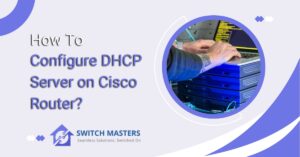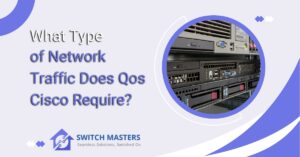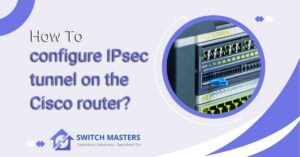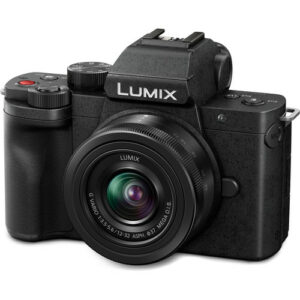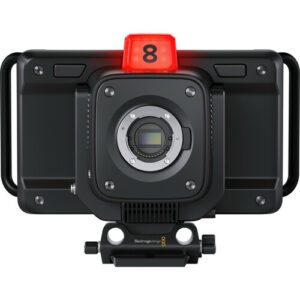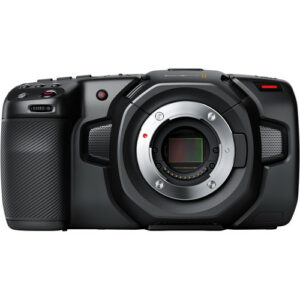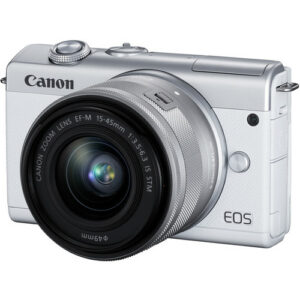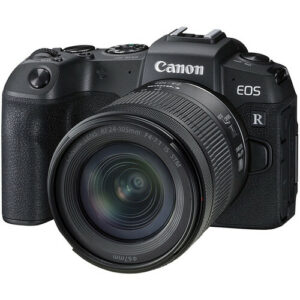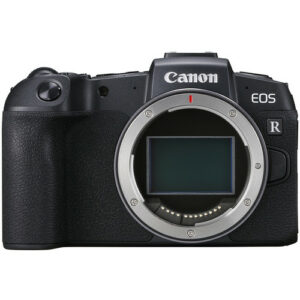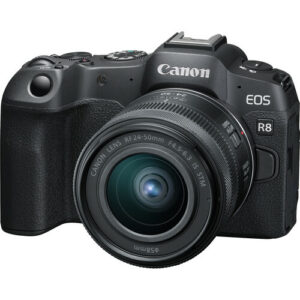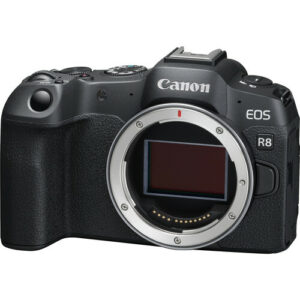Explore the 2504 Wireless Controller with 15 AP Licenses, designed for optimal network management and efficiency. Ideal for small to medium-sized enterprises, this solution offers seamless integration, robust security, and easy scalability to support up to 15 access points. Enhance your wireless network’s performance and reliability with advanced features for a superior user experience.
Introduction
As a cutting-edge solution for managing and optimizing wireless networks for small and medium-sized businesses, the 2504 Wireless Controller is equipped with 15 licenses for access points. In addition to allowing businesses to effortlessly control up to 15 access points, this powerful device is also highly scalable, robust, and secure.
With its advanced features, the 2504 Wireless Controller enhances network performance, supports a wide range of devices, and ensures a seamless user experience across the organization. In today’s dynamic business environments, the 2504 Wireless Controller with 15 AP licenses provides the flexibility, security, and ease of use you need whether you are upgrading an existing wireless setup or implementing a new one.
Table of Contents
2504 Wireless Controller With 15 AP Licenses
Up to 15 Cisco access points (APs) can be controlled, managed, and troubleshooted with the Cisco 2504 Wireless Controller with 15 AP licenses. Cisco’s Wireless Controller (WLC) device is designed for small to medium sized enterprise WLANs and is part of Cisco’s Wireless Controller family.
This wireless controller supports a wide range of Cisco wireless access points, making it a versatile choice for organizations looking to deploy or expand their wireless network infrastructure.
- High Performance: Supports high-speed wireless networking and is capable of managing up to 15 access points, providing users with a seamless wireless experience.
- Security: Offers robust security features, including advanced encryption standards, intrusion prevention, and identity-based access control, to protect against threats and ensure secure access for users.
- Scalability: While it comes with licenses for up to 15 access points, additional licenses can be purchased to expand the network as needed. This makes it a scalable solution that can grow with your organization.
- Ease of Use: Features an intuitive web-based interface that simplifies the setup, management, and monitoring of your wireless network. It also supports Cisco’s Wireless Control System (WCS) for advanced configuration and control.
- Advanced Features: Includes support for guest networking, BYOD (Bring Your Own Device) setups, and advanced QoS (Quality of Service) to prioritize network traffic and ensure a high-quality user experience.
A reliable, secure, and easy-to-manage wireless networking solution is ideal for businesses that require a reliable, easy-to-manage wireless network controller. By centrally managing the wireless network, IT administrators can reduce operational costs and complexity while improving network performance and security.
Technical Specifications of the 2504 Wireless Controller
As a pivotal component in managing wireless networks, the Cisco 2504 Wireless Controller offers a variety of technical specifications to ensure efficient and reliable operation. Here are some of the most important technical specifications of the Cisco 2504 Wireless Controller:
1. Supported Standards:
- IEEE 802.11a/b/g/n: The controller supports these standard Wi-Fi protocols, ensuring compatibility with a wide range of wireless devices.
- IEEE 802.11ac: Depending on the specific model and software version, the controller may also support the latest 802.11ac Wi-Fi standard, offering higher data rates and improved performance.
2. Interfaces:
- Ethernet Ports: The 2504 Wireless Controller typically features multiple Gigabit Ethernet ports for network connectivity, including ports for connecting to the LAN and WAN.
- Console Port: A console port is available for direct management and configuration of the controller using a serial connection.
3. Management Features:
- Web-Based Interface: The controller provides an intuitive web-based interface for easy configuration, monitoring, and management of wireless networks.
- Command-Line Interface (CLI): Advanced users can access the controller’s CLI for more granular control and configuration.
- Simple Network Management Protocol (SNMP): SNMP support allows for integration with network management systems for comprehensive monitoring and reporting.
4. Security Protocols:
- WPA/WPA2: The controller supports Wi-Fi Protected Access (WPA) and WPA2 encryption standards to ensure secure wireless communication.
- Advanced Encryption: Additional encryption protocols and security features are available to protect sensitive data and mitigate security threats.
5. Capacity:
- Access Point Support: The 2504 Wireless Controller is designed to manage a specific number of access points (APs) simultaneously. The base model typically supports up to 15 APs, with the option to expand capacity through licensing.
6. Performance Enhancements:
- Quality of Service (QoS): QoS features prioritize network traffic to optimize performance for critical applications and services.
- RF Management: Advanced radio frequency (RF) management capabilities help minimize interference and ensure optimal wireless coverage and performance.
7. Physical Specifications:
- Dimensions: The controller’s physical dimensions may vary, but it is typically designed to fit standard rack-mount configurations.
- Power Requirements: Information about power consumption and requirements, including support for redundant power supplies, is provided in the specifications.
These technical specifications highlight the capability of the Cisco 2504 Wireless Controller to manage wireless networks effectively, providing scalability, security, and performance for modern enterprise environments. Users are advised to refer to Cisco’s official documentation for detailed specifications and compatibility information.
Configuration and Setup of the 2504 Wireless Controller
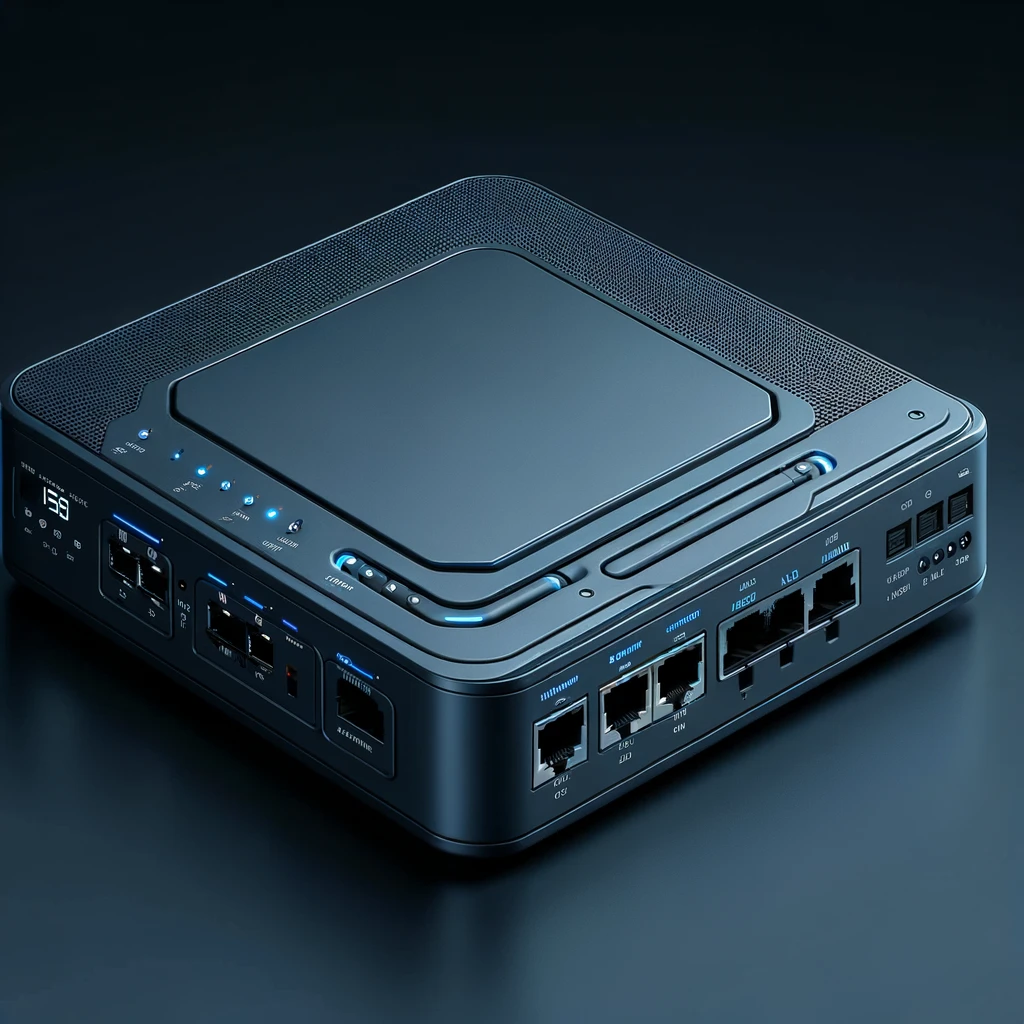
Cisco 2504 Wireless Controller configuration and setup are essential for establishing a robust and reliable wireless network infrastructure. To ensure proper functionality and security, several key steps are involved in this process. The following guide provides instructions for configuring and configuring the 2504 Wireless Controller:
Step 1: Hardware Installation
- Ensure that the Cisco 2504 Wireless Controller and its accessories are unpacked.
- Place the controller in an appropriate location, such as a network rack, to ensure adequate ventilation and power access.
- The Ethernet cables from the LAN and WAN should be connected to the appropriate ports of the controller.
- Ensure that both redundant power supplies are connected to the controller and that both units are receiving power.
Step 2: Initial Access
- Connect the Cisco 2504 Wireless Controller to the power source.
- A computer can be connected to the controller using an Ethernet cable or a wireless access point can be used to access the controller.
- Enter 192.168.1.1 in the address bar of your web browser to access the controller’s default IP address.
- Please log in with your default username and password (usually admin/admin).
Step 3: Basic Configuration
- Please follow the setup wizard or navigate to the configuration menu once you have logged in.
- Configure the name of the system, the time zone, and other basic settings as necessary.
- Ensure that the LAN and WAN interfaces are configured with appropriate IP addresses, subnet masks, and gateway settings.
- Reboot the controller if prompted after saving the changes.
Step 4: WLAN Configuration
- The WLAN configuration section can be found by clicking here.
- Set up a new WLAN profile, specifying the SSID, security settings (WPA/WPA2), and other parameters.
- As necessary, configure additional WLAN settings such as VLAN tagging, DHCP, and client isolation.
- A WLAN profile can be applied to a specific access point or group of access points.
Step 5: Access Point Integration
- The Cisco access points should be connected to the network and powered on.
- Access points will be automatically discovered and registered by the controller.
- Make sure the access points are listed as “Registered” or “Up” in the controller’s interface.
Step 6: Advanced Configuration
- Consider additional configuration options such as radio settings, RF profiles, and quality of service (QoS) policies.
- Depending on your requirements, configure guest access, BYOD policies, and other advanced features.
- Ensure the implementation of security measures such as intrusion prevention, rogue access point detection, and client authentication.
Step 7: Testing and Verification
- Connect client devices to the wireless network to test its connectivity.
- Check that clients can access network resources and connect to the configured SSIDs.
- Ensure that the controller’s interface is monitored for alerts, errors, or performance problems.
- Ensure optimal wireless network performance by conducting periodic performance testing and optimization.
Step 8: Documentation and Backup
- Ensure that the configuration settings are documented, including network diagrams, WLAN profiles, and security policies.
- Ensure data integrity and disaster recovery by regularly backing up the controller’s configuration.
These steps will allow you to successfully configure and set up the Cisco 2504 Wireless Controller to manage your wireless network securely and efficiently. For assistance with complex configurations or troubleshooting, please consult with a network professional who is familiar with the official documentation.
Case Studies and Success Stories
Success Stories and Case Studies provide valuable insights into how businesses and organizations have successfully achieved their goals, overcome challenges, and grow by leveraging products, services, or strategies. In addition to providing inspiration, these examples also provide practical lessons that can be applied to similar situations. Let us look at the significance and components of case studies and success stories:
Importance of Case Studies and Success Stories:
- Demonstrating Value: Case studies showcase the tangible benefits and results achieved by implementing specific solutions or approaches, helping potential customers understand the value proposition.
- Building Credibility: Success stories validate the effectiveness of products or services, establishing credibility and trust among potential customers, partners, and stakeholders.
- Inspiring Confidence: Reading about successful implementations instills confidence in prospective clients, encouraging them to invest in similar solutions or strategies to address their own challenges.
- Learning Opportunities: Case studies provide valuable learning opportunities, allowing businesses to gain insights into best practices, strategies, and innovative approaches that have proven successful in real-world scenarios.
Components of Case Studies and Success Stories:
- Background: Introduce the company or organization featured in the case study, including its industry, size, and key challenges or objectives.
- Challenges: Identify the specific challenges, pain points, or opportunities faced by the company, highlighting the need for a solution or strategy.
- Solution: Describe the product, service, or approach implemented to address the challenges outlined, including key features, implementation process, and stakeholders involved.
- Implementation: Detail the steps taken to deploy the solution, including any customization, training, or integration efforts required.
- Results: Present measurable outcomes, performance metrics, and key achievements resulting from the implementation, such as increased revenue, cost savings, productivity gains, or improved customer satisfaction.
- Testimonials: Include quotes or testimonials from stakeholders, customers, or executives involved in the project, highlighting their satisfaction, experiences, and the impact of the solution.
- Lessons Learned: Reflect on the key lessons, insights, and takeaways from the project, including any challenges overcome, unexpected outcomes, or areas for improvement.
Examples of Case Studies and Success Stories:
- Technology Implementation: A case study detailing how a manufacturing company improved production efficiency by implementing an IoT-enabled monitoring and predictive maintenance solution.
- Digital Transformation: A success story showcasing how a retail chain transformed its business operations and customer experience through the adoption of e-commerce, mobile payments, and personalized marketing.
- Healthcare Innovation: A case study highlighting how a hospital optimized patient care and operational efficiency by implementing electronic health records (EHR) and telemedicine solutions.
- Sustainable Practices: A success story illustrating how a corporation reduced its environmental footprint and achieved cost savings through the adoption of renewable energy, recycling initiatives, and green building practices.
FAQ’s
What are the features of WLC?
In the network environment, wireless LAN controllers (WLCs) are essential devices that oversee wireless network access points and facilitate wireless device connectivity. As a result, network components can be centralized, network visibility can be enhanced, and monitoring individual elements within the network can be significantly streamlined.
What is the function of wireless controller?
Wireless LAN controllers (WLCs) are devices used to monitor and manage wireless access points within an organization. They are attached to routers, enabling device connections to be made from all over the organization to the router.
How does a wireless controller work?
By emitting waves in all directions, the wireless controller makes the console detect the characteristics of those waves, similar to Morse code in which dots, dashes, or spaces are represented. This code provides the console with the capability to properly interpret your actions and commands.
How is AP connected to WLC?
Digital certificates are exchanged between the access point (AP) and wireless LAN controller (WLC) during the authentication process. An AP selects a WLC from a list of available options and sends a CAPWAP Join Request message to the WLC. During the image download phase, the WLC informs the AP of its software release by sending a CAPWAP Join Response message.
Is WLC a router?
Because Cisco Wireless LAN Controllers (WLCs) are classified as routers rather than switches, Wireless Access Points (WAPs) are not automatically discovered.
Conclusion
For small and medium-sized enterprises, the 2504 Wireless Controller with 15 AP licenses provides a comprehensive wireless network management solution. Providing businesses with the flexibility and reliability they need to ensure seamless connectivity for their users, it offers centralized control, scalability, and support for up to 15 access points.
With its robust security features, intuitive management interface, and compatibility with Cisco access points, the controller is a valuable asset for organizations seeking to optimize their wireless infrastructure. Businesses looking to deploy or upgrade their wireless networks can find the 2504 Wireless Controller to be a reliable and efficient choice.


